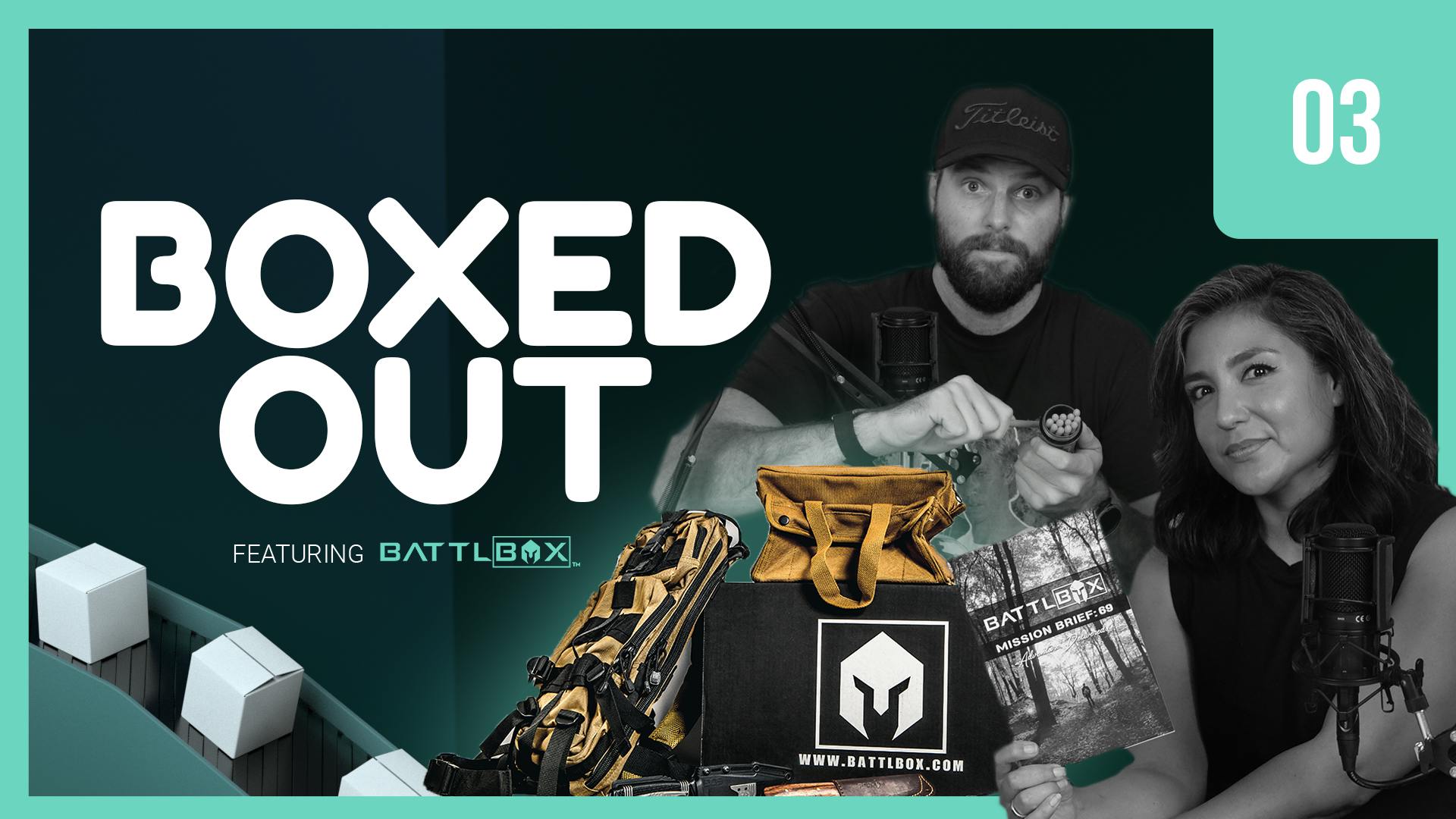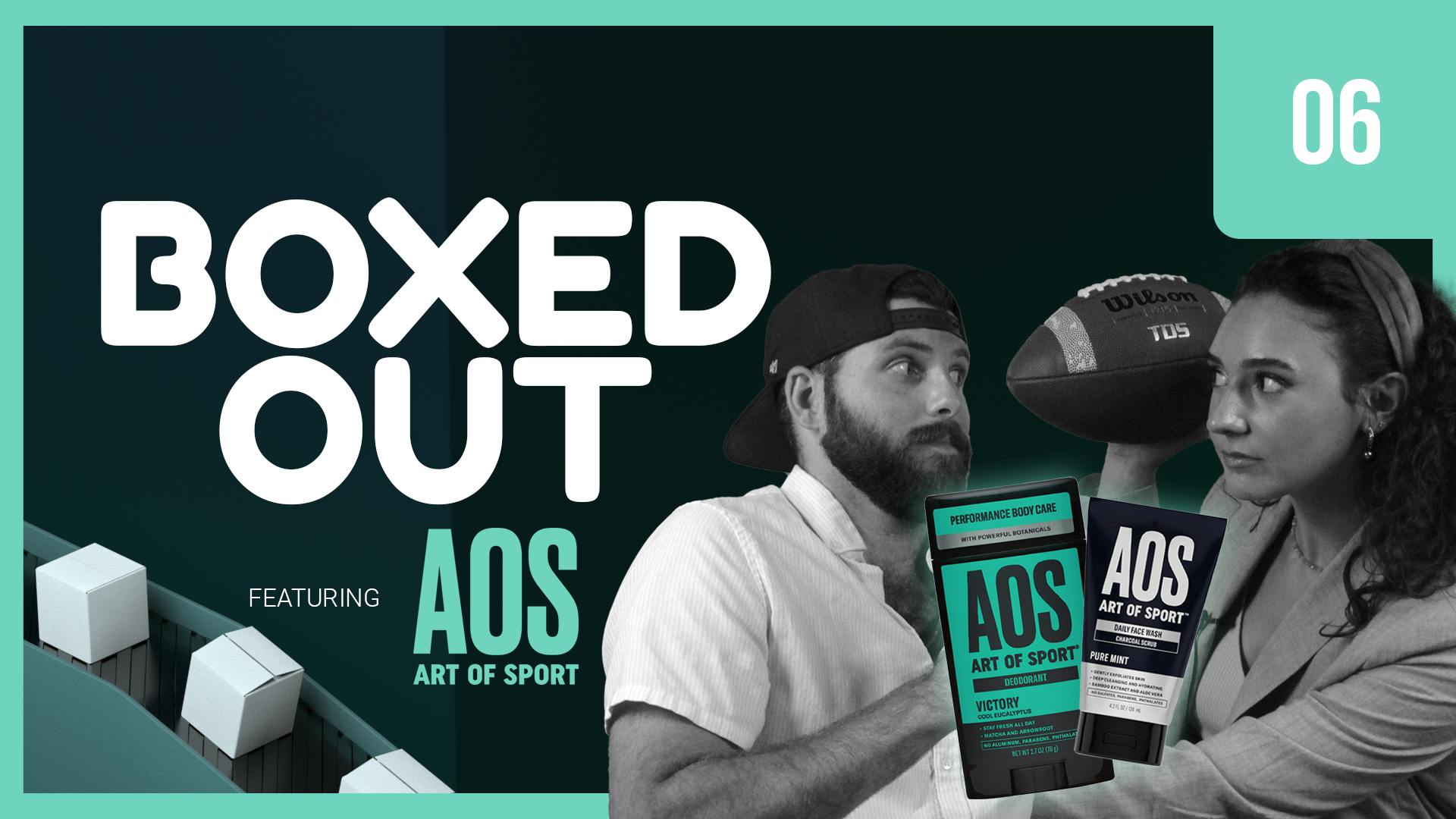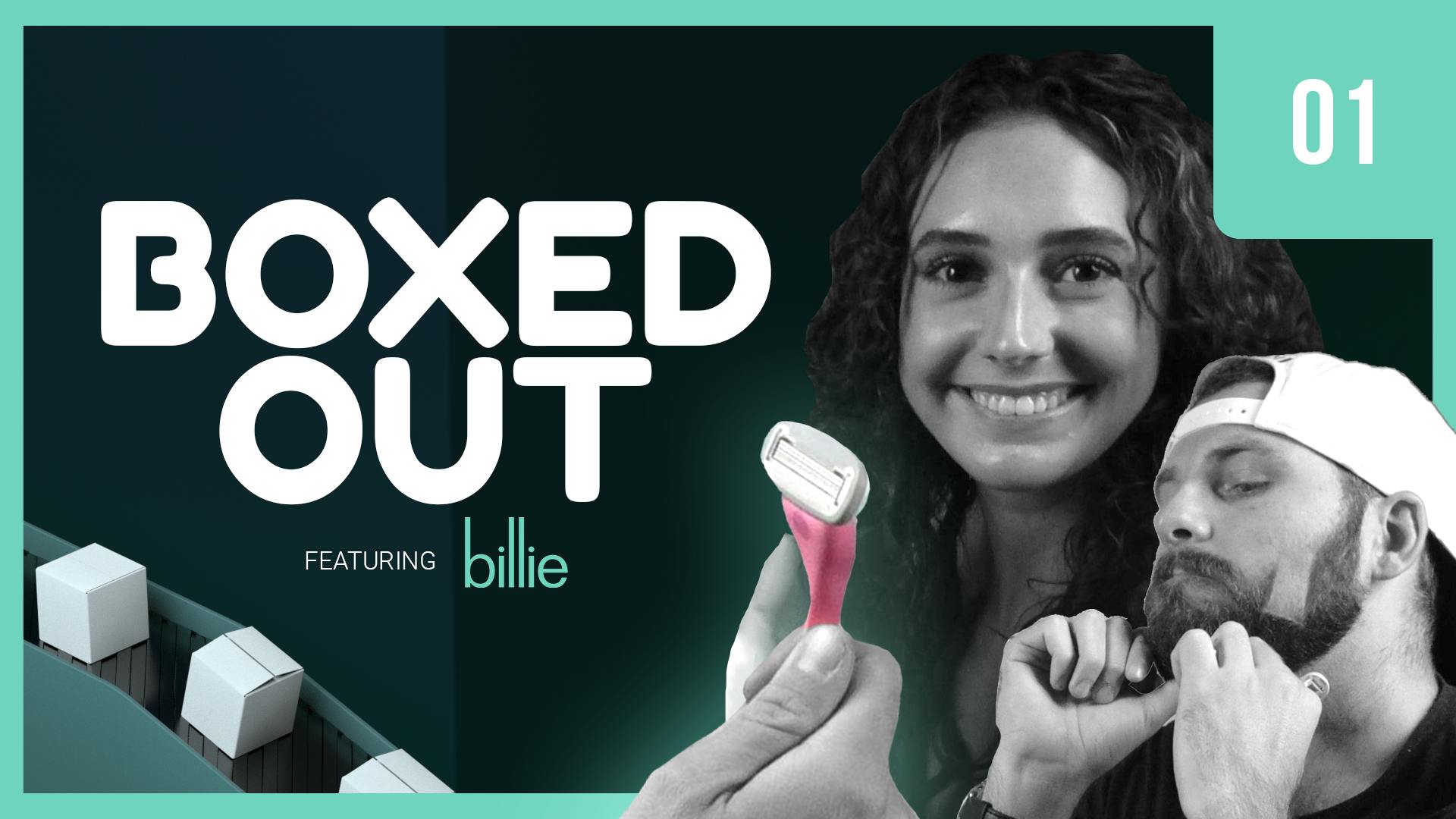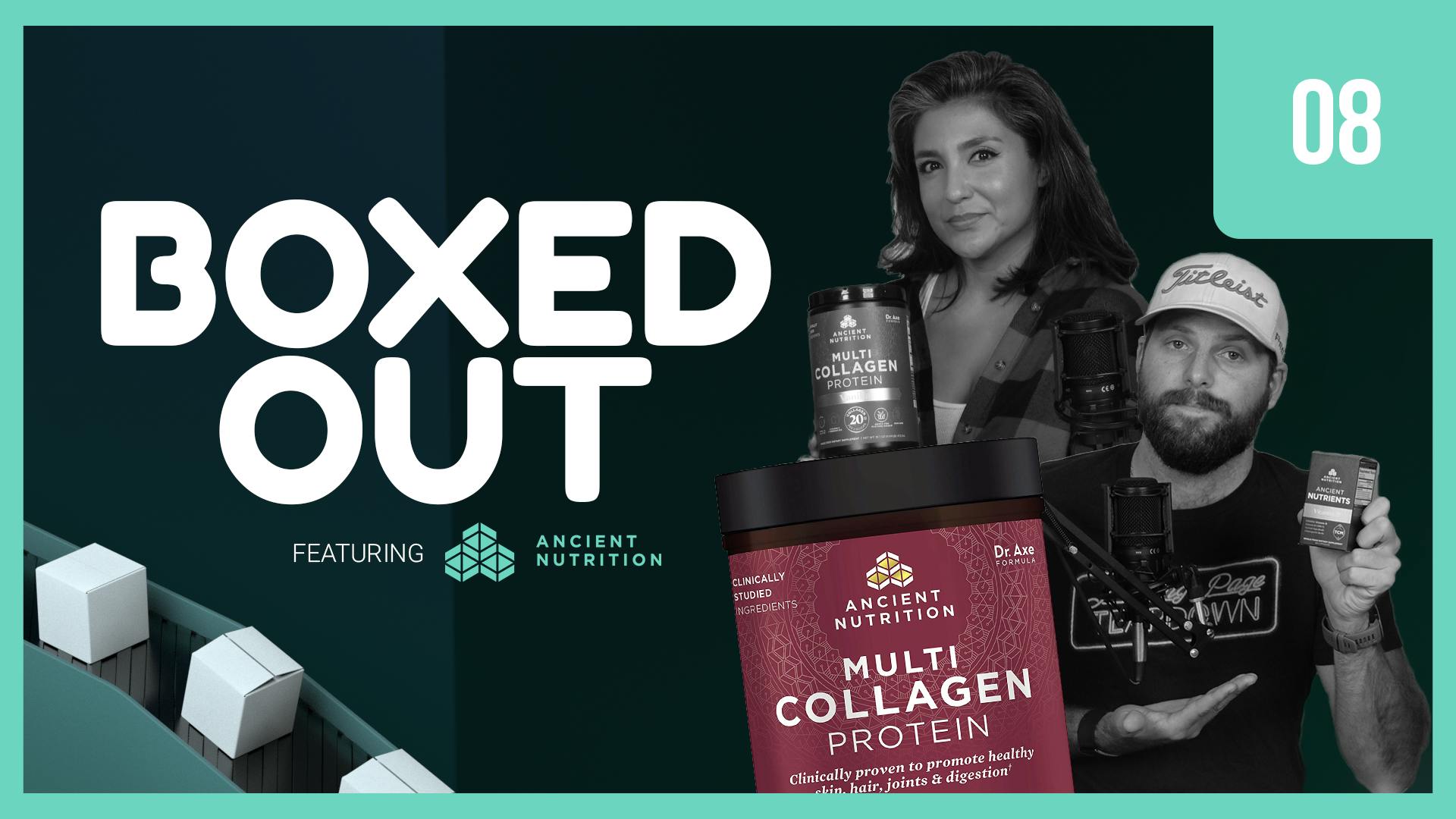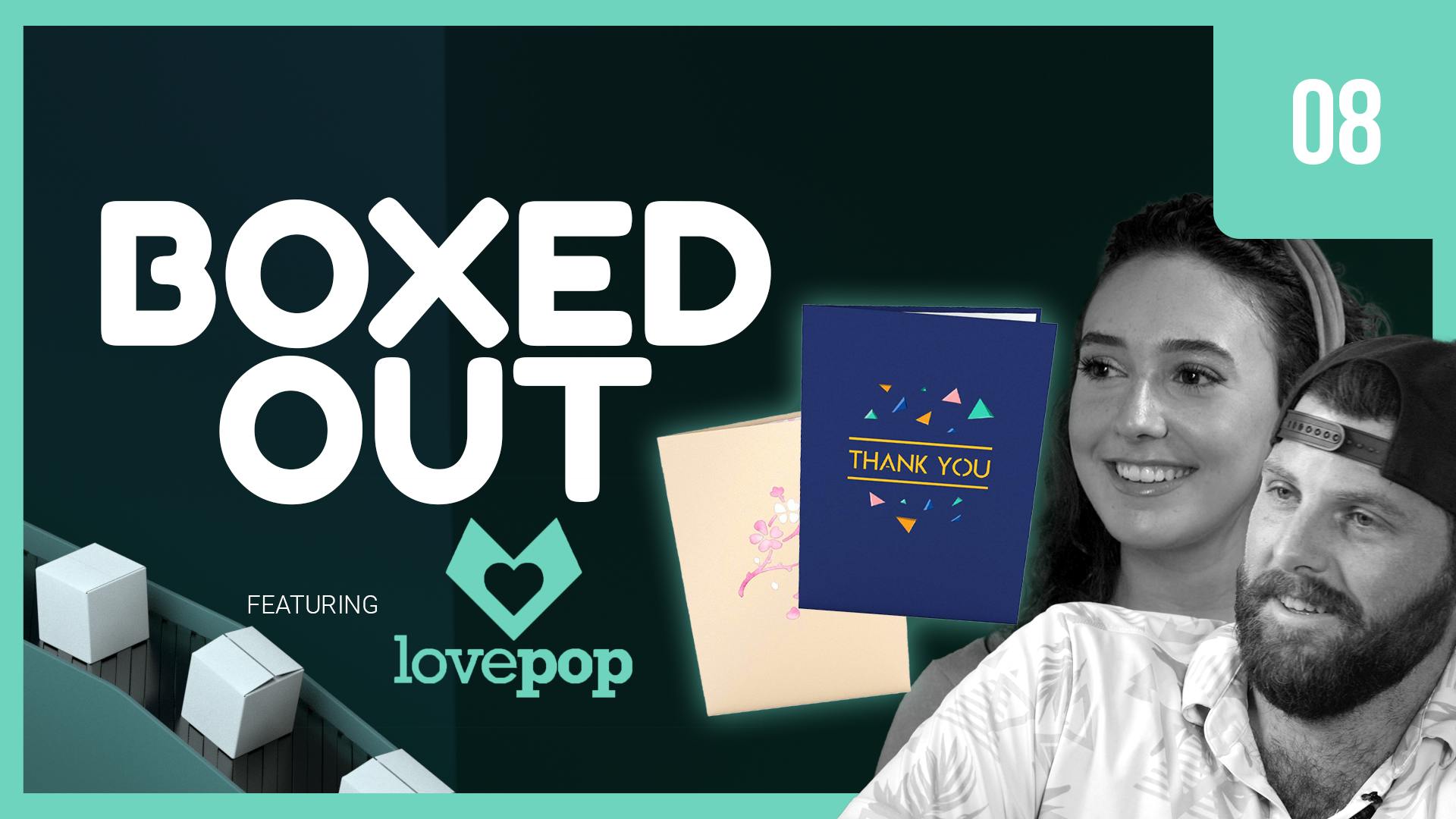
Haus: High-grade ingredients, low-grade retention
This episode might reference ProfitWell and ProfitWell Recur, which following the acquisition by Paddle is now Paddle Studios. Some information may be out of date.
Please message us at studios@paddle.com if you have any questions or comments!
Today we're talking about Haus, a company that’s been pushing the right boundaries in the subscription alcoholic beverage market. We're going to learn how Haus utilizes their brand and great positioning and then we're going to jump into what they're doing great—and not so great—with their subscription retention strategy, wrapping this all up into a nice case study for improvements for your own brand.
Haus, a company that focuses on sustainability, naturally derived ingredients, and authentic relationships with their customers is changing up the alcohol industry, as the first business to sell liquor online, successfully. They’ve had massive growth, but can they keep it up?
Key takeaways:
- Haus’ branding and the inclusion of the QR code is brilliant
Even if you don’t get to Haus levels, branding is something you can and should improve upon. Customers who have a high affinity for your brand retain at 20-25% higher rates than those who are neutral.
Tactically, every consumable subscription ecommerce product should have a QR code that leads to content to keep me ingrained with the product, or at the very least, reminds me to order more or check in on an order when I run out. - Solid cancellation flows with salvage offers reduce churn
Not all customers who cancel are lost. Based on a study we completed on just over 1,000 subscription ecommerce companies, we’ve found that those companies that properly offer salvage offers and a clear off-boarding experience tend to save 15-30% of cancellations.
Offer a smooth offboarding with a one- to two-question survey on why they’re leaving that leads to a salvage offer or pause plan. - Haus needs to upscale their credit card failure process
Haus is losing a lot of money by doing the minimum and with some changes, they could likely double their recovery rate. When a credit card fails or declines, include an intelligent email drip campaign based on the customer's behavior. Include the following: - Four to five plain text emails (these aren’t sent when a credit card gets back on file).
- SMS messages in this flow
- Liven up the credit card form to properly capture the customer back in a more secure and pleasing way.
Haus
Alcohol consumption in the United States has seen its most dramatic increase in over 20 years. In fact, Americans have incorporated alcohol into their social and daily lives since the Pilgrims first sailed over on the Mayflower, and colonists in 1770 reportedly drank three and a half gallons of booze per year—twice as much as Americans do today.
The history of alcohol is complex and long standing across the world as well. Researchers discovered pottery jars in northern China that contained the remnants of mixed fermented drinks from over 9,000 years ago, and the Middle East discovered wine about 500 years later. Since Prohibition ended in 1933, alcohol has become a part of American culture.
Today, wine and beer subscriptions are all the rage in the US, but federal restrictions make it difficult to sell liquor online. Additionally, owners Helena Price Hambrecht and Woody Hambrecht noted that the alcohol industry hadn't evolved since the Prohibition era and corporations create products filled with too much alcohol and artificial ingredients. So, they decided to create something natural, fresh and different.
Helena's background is in the corporate world, doing launch PR for tech startups and Woody's a third-generation winemaker. Together, this powerhouse team founded Drink Haus, a company that focuses on sustainability, naturally derived ingredients, and authentic relationships with their customers.
Haus' success
Drink Haus’ success stems from a couple of “firsts,” and focusing on customer relationships.
They successfully created the first business to sell liquor online, and their first line of products were aperitifs—drinks normally served before and after meals. These drinks have been consumed for centuries in Europe, but they're fresh on the scene in the United States. Because they have less alcohol by volume (ABV) than common liquor choices on the market, they're able to sell products online to most states, and bottles are delivered right to your doorstep.
Drink Haus has also found much success with younger adults because of their focus on sustainability, natural ingredients, and their complete transparency about the way their products are produced. They've chosen to sell their aperitifs directly to consumers instead of having them distributed so they can build relationships with their customers and receive honest feedback on their products. This honest, earth-friendly approach has been refreshing in a market that's overrun with big, corporate brands.
Drink Haus has a line of aperitifs that are available in a variety of natural flavors. Each drink is gluten free, vegan free, and made with a fraction of the sugars found in most alcoholic beverages. These drinks have a lower alcohol percentage, so you can enjoy a fresh drink with friends without worrying about a hangover the next morning.
With flavors like Grapefruit Jalapeño and a fan favorite, Citrus Flower, each refreshing drink can be served alone over ice, combined with soda or tonic, or mixed into a simple cocktail like a spritz. Each ingredient is sourced from a trusted organic farmer or from purveyors who supply to Michelin-star restaurants and the drinks are bottled at their warehouse in Sonoma County.
Much like a wine subscription, customers can choose to have products delivered monthly with free shipping. And every bottle is shipped in 100% recyclable packaging made from 90% recycled products and the company is powered by 100% clean, renewable energy from The Geysers, a local geothermal power source. If that's not enough, the owners compost the raw fruit waste to put back into their gardens for future products.
Since the beginning of 2020, Drink Haus has grown over 500% with skyrocketing sales. The company's ability to own its supply chain, production, and distribution, has allowed it to keep up with rising sales and happy customers continue to purchase.
And they're not slowing down anytime soon, as they’re hoping to add wholesale products to their product availability in the near future, only increasing their success.
Retention Review
Not everything's amazing about Haus’ strategy—but there’s still a lot to learn from them. They do a great job at appealing to the niche part of the market and expanding that niche steadily. That being said, we need to remember: retention is key and an area where most brands mess up.
Why is retention important?
You spend half of your budget and time acquiring customers, but to be successful, you need to keep them. The beauty of the subscription model is that the relationship with the customer is baked directly into how you make money. If that customer is happy, they'll keep buying from you in the long term. If they're upset or not seeing the value, they'll cancel—quickly.
Plus, money talks here. Subscription ecommerce companies using the tactics we're going to talk about have 2x the customer lifetime value (LTV), 2x the average order value, and 3x higher growth rates, because they're not worried about plugging a leaky retention bucket.
To highlight the importance here, let's look through Haus' retention strategy and break down what they're doing well, and not so well, so you can learn for your own DTC business.
Retention has three parts:
- Active churn, which are customers who are actively choosing to cancel your product.
- Expansion revenue, which are your existing customers that buy more product.
- Delinquent (or involuntary) churn, which are customers who's credit card or payment has failed, which sadly is one of the largest single buckets of where you're losing money.
Active Churn
When we look at Haus' active churn, there are so many reasons why a customer may cancel—some you can control, others you can't. We want to make sure Haus is not only setting up their customers for long-term retention in the initial purchasing process, but that they're also collecting information on why someone's cancelling, if they so happen to, in order to get a clean cycle of retention improvement.
Let's start off with something that I really like—their fantastic branding. Not only can you see it on the product itself, but the website and checkout flow is sleek and consistent. Nothing sticks out to me as being off brand. The Haus aesthetic really drives me to want to go through with my purchase because in my head, I relate the elegant brand to an elegant product.
And data backs this up as well. While product value is obviously core to keeping customers around into the long term, brand affinity helps a lot. Those customers who have a high affinity for a brand tend to retain at 20-25% the rate than those with a neutral affinity for a brand. This is all based on a study we did on 50,000 different subscription ecommerce customers.
It’s also why all this focus on brand surely pays off for Haus, especially in an extremely competitive market. The big takeaway for your brand is to make sure that your brand has some level of differentiation within the market and then make sure you double down on that brand through the experience.
One area Haus needs to improve on is their membership. The membership onboarding with customized flavors is great. In fact, customers who are able to customize tend to stick around longer, but the rest of the membership just includes 10% off and free shipping. It’s kind of like subscribe and save, which isn’t bad necessarily, but such a powerhouse brand should make the membership mean something more, even if it’s just positioning. Exclusive flavors, member events, early access—all of these types of things would fit with their brand and make the membership feel more than what I’d get somewhere else.
They do have some of these aspects, but they seem to bury them on the page, and even then a brand like this could do so much more. As a brand, you want to go beyond the basic idea of subscribe and save, because you want your customer there for more than just a discount. True memberships typically see much higher average order value and retention that’s 15% higher than non-members. Get creative.
One last thing that Haus could benefit from is overhauling their offboarding. Right now it’s super basic. It does provide the option to pause my subscription or change my delivery date, but beyond that there’s a lot to be optimized.
Provide me with some salvage offers and try to win me back. The flow is just too basic. We've found that those companies that properly offer salvage offers tend to save 15-30% more customers who go through a cancellation flow. And this is based on a study we completed studying just over 1,000 subscription ecommerce companies.
Expansion Revenue
Expansion revenue is crucial, because your existing customers are more than willing to buy 3x more from you—you just have to make sure to ask. Plus, those customers who have at least one add-on or additional purchase tend to have 18-54% higher lifetime value, meaning they're paying you more over the life of the subscription, but they're also sticking around longer, because they're more ingrained within your product.
Although the quantity of options in the checkout flow is okay, there’s no real add-on suggestion in the initial-flow or after-the-purchase emails. Haus may not have many customizations or add-on options in their arsenal, but they have such a great brand that some sort of parallel products should be a huge focus. The brand is so sleek that I bet even a Haus t-shirt or wine glass would do well.
A good place to start is actually with a sample pack with smaller versions of their existing bottles. I know product development at this level is hard, but they’ve built so much equity that they should use it. For your brand this is something to keep in mind. It’s easier to get existing customers to spend more than acquire new customers. Keep them around and keep them buying more.
The QR code on the bottle is a great concept they use and would fit right into this whole strategy. New bottles of Haus come with a QR code printed on them so you can scan for recipes, playlists, and ingredients related to your product. This is great because it further ingrains you into the Haus product and encourages more purchases. When you scan that QR code, you can receive more Haus benefits and offers, or even get a complementary cross sell. At the very least you could use this as a way to re-order what you’ve run out of.
This is exciting, because QR codes are now prevalent again, being used by many brands. Your brand could use these as a reminder and path to getting more product, or even just something as a touch point. The best part is that assuming you don’t put extremely specific language on the package, you can change up the location of that link, allowing you to experiment further. Could be cool even as a game to keep the customer coming back to see what else is there.
Credit Card Failures
Now let's talk about the sexiest topic in the world—credit card failures. We know you don't wake up sweating in the middle of the night thinking about credit cards—that's our job—but here's why we obsess over things like this: just under 40% of the customers that leave you are leaving you because of failed payments. To get these folks back, we want to make sure Haus is treating these folks like a marketing channel, sending them messages before the point of failures, all the way to after the point of failure through email and text messages.
This is where Haus needs the most improvement. Our first email alerting us of our payment failure was incredibly confusing. Although it was plain text, which is encouraged, the copy was jumbled and far from straightforward. Even the subject line, “Your recurring order purchase has been declined on Haus,” isn’t as simple as it should be. Is the recurring order purchase related to my credit card or something else? I don’t really know what is wrong here. I’d also prefer this email to come from an actual human being, rather than an automated system.
It can still be automated, but make the sender a member of your support team, so that all replies come from support but still feel like it was sent from an individual. We’ve seen time and time again that plain text emails from individuals get 50% higher engagement, meaning more recovered failed payments. You should make sure your brand isn’t making this mistake.
Another considerable mistake they’re making is forcing me to log back into my account when I click on the email to update my credit card. Most subscription ecommerce customers don’t know their login credentials, and even if they do, their landing page isn’t great. Haus should reduce this friction considerably, so I can just one-click apple, shop, or google pay without having to log in to update my credit card.
And the last thing that they need to improve is their retry logic. They retried our card, but it was pretty random. You need to keep in mind that there are 130 different reasons a credit card can fail, and most of them are completely mechanical. Retrying a credit card is the easiest way to get someone back. Haus should go from random retries to trying the card on optimal days of the week, geared toward recovery.
Overall:
I think while Haus has done an above average job, there's a good amount of work to be done. They just need to take the talent they've applied to the brand, product, and experience and apply it more to the retention side of their business. Overall with retry, email, and login changes, Haus could double their recovery rate.
Retention Revamp
Let's revamp. First though, why do we feel we have any authority to even talk about this? Roughly 20% of the entire subscription market is using ProfitWell, so we're sitting on more data than anyone else. Simply put, we have the data to know what works and what doesn't, and we care more about this problem than anyone else out there.
Let's walk through three big things we'd change immediately about Haus' retention strategy, so we can all learn for our own brands.
Steal it
Haus' branding and QR code
The slam dunks here are the branding and the inclusion of the QR code on the packaging. Haus’ branding is something to be envied, but even if you don’t get to Haus levels, branding is something you can and should improve upon.
Remember that those customers who have a high affinity for your brand retain at 20-25% higher rates than those who are neutral. And it’s for your brand, so boosting that brand will likely look very different for you versus Haus.
Tactically, every consumable subscription ecommerce product should have a QR code that leads to content to keep me ingrained with the product, or at the very least, reminds me to order more or check in on an order when I run out. It’s absolutely brilliant, not hard to add, and the location of the QR code link can shift over time.
Change it
Haus needs to improve their cancellation flow
Right now they're just letting you walk away when you go to cancel. More effort needs to be placed here because they’re losing a lot of revenue. To be upfront, they do offer a pause plan, but there’s no salvage offers or other mediums to keep you around.
Not all customers who cancel are lost. Sometimes it’s timing, a vacation, or a whole list of things that have nothing to do with you. Instead, offer up a smooth offboarding with a one- to two-question survey on why they’re leaving that leads to a salvage offer or pause plan. It’s not a ton of friction, but it’ll reduce some of their churn and not hurt the long-term possibility of reactivations.
Based on a study we completed on just over 1,000 subscription ecommerce companies, we’ve found that those companies that properly offer salvage offers and a clear off-boarding experience tend to save 15-30% of cancellations.
Haus needs to upscale their credit card failure process
Haus isn’t a small brand anymore and should stop acting like one with their current process, because they're losing a lot of money by doing the minimum. They need four to five plain text emails that go out in an intelligent drip based on the customer's behavior after they realize the card's declined, and those obviously don't send when a credit card is back on file. They need SMS messages in this flow, and they need to liven up their credit card form a bit more to properly capture the user back in a more secure and pleasing way. With some of these changes they likely could double their recovery rate.
Who's up next?
Next week we're going into the wild by breaking down Battlbox. Battlbox has become popular by offering rugged outdoor and tactical gear right to your door. As always we’ll be breaking down their retention strategy to see what they’re getting right and wrong.
